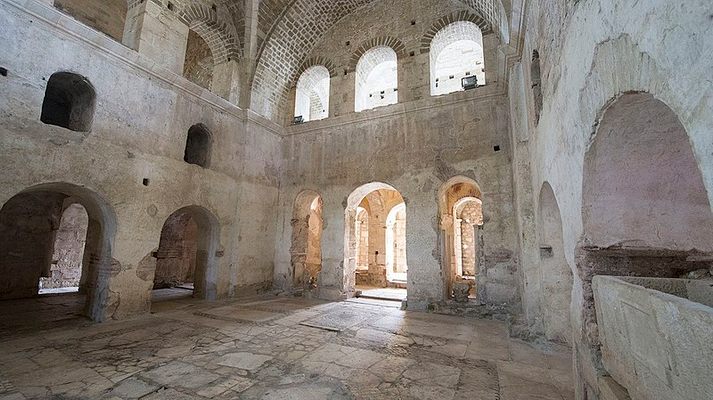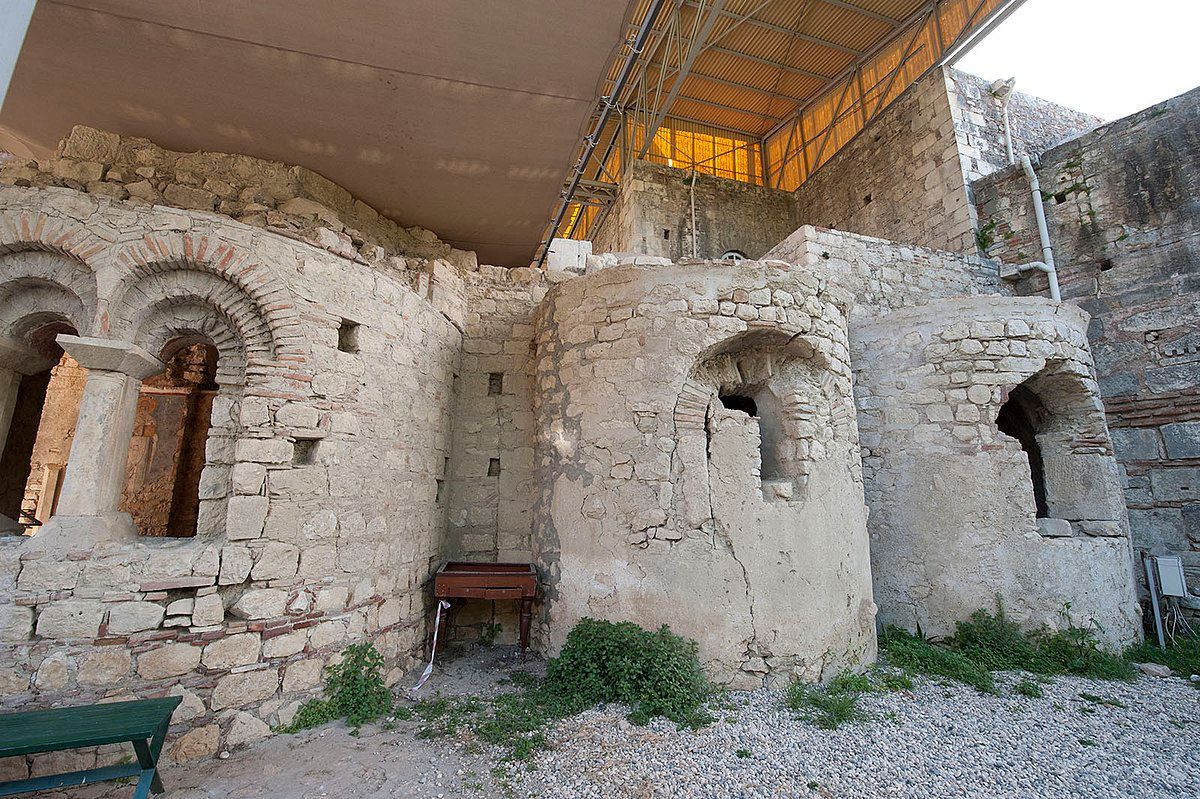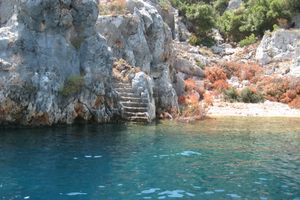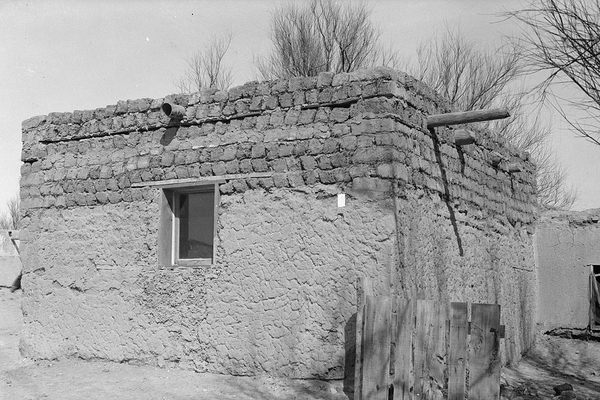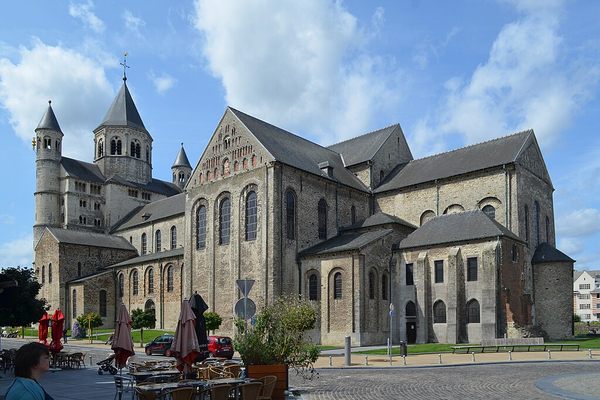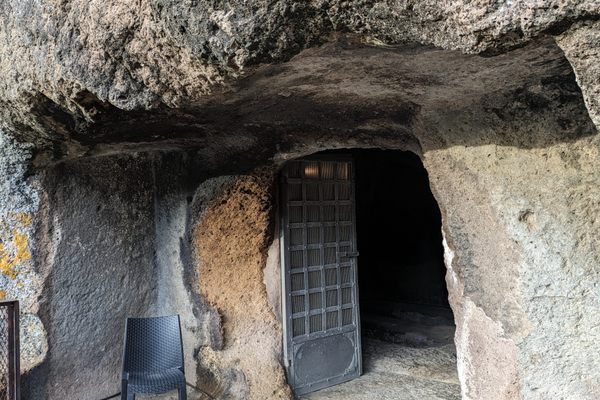About
When legend blends with history, facts and fiction become difficult to untangle. In this regard, few figures have achieved the legendary stature of Santa Claus. It is widely accepted that St. Nicholas must have been the progenitor of the character who came to be known as Santa Claus. Though St. Nicholas likely looked nothing like the white-bearded, big-bellied man that is most common today, his propensity for giving away his wealth to people in need makes for a credible basis on which the image of Santa Claus developed.
Uncontested information about St. Nicholas is scarce. What we know is that he was a bishop who lived during the fourth century in Patara, mainly in Myra (modern-day Demre). Today, he is most famous for giving away goods to people in need, but even this has no reliable source. The most plausible deductions maintain that St. Nicholas died on December 6, 343, and was buried in Demre, Turkey, where a church was erected in the 11th century. This church is today known as the Church of St. Nicholas. Unfortunately, the remains of the saint no longer reside in this church, as they were taken to Italy in 1087, where they still are to this day.
A visit to the church offers the opportunity to admire colorful frescoes and mosaics. As the church is located several feet below ground level, it is prone to flooding, which damaged most wall frescoes, but those adorning the vaults are still in good condition. The main chapel is dominated by masterful stonework, including the stone altar and the four pillars around it. Branching off from the main nave are several chapels connected by vaulted passageways. One of these passageways leads to a desecrated sarcophagus, which is believed to have held St. Nicholas’ remains at one point.
It is worth pointing out that the site is commonly known as the Church of St. Nicholas, but its official denomination as a church is by no means a given. More often than not, the permission to hold service in this church is denied, thus its identity shifts from church to museum, and vice versa.
Related Tags
Community Contributors
Added By
Published
July 12, 2021








